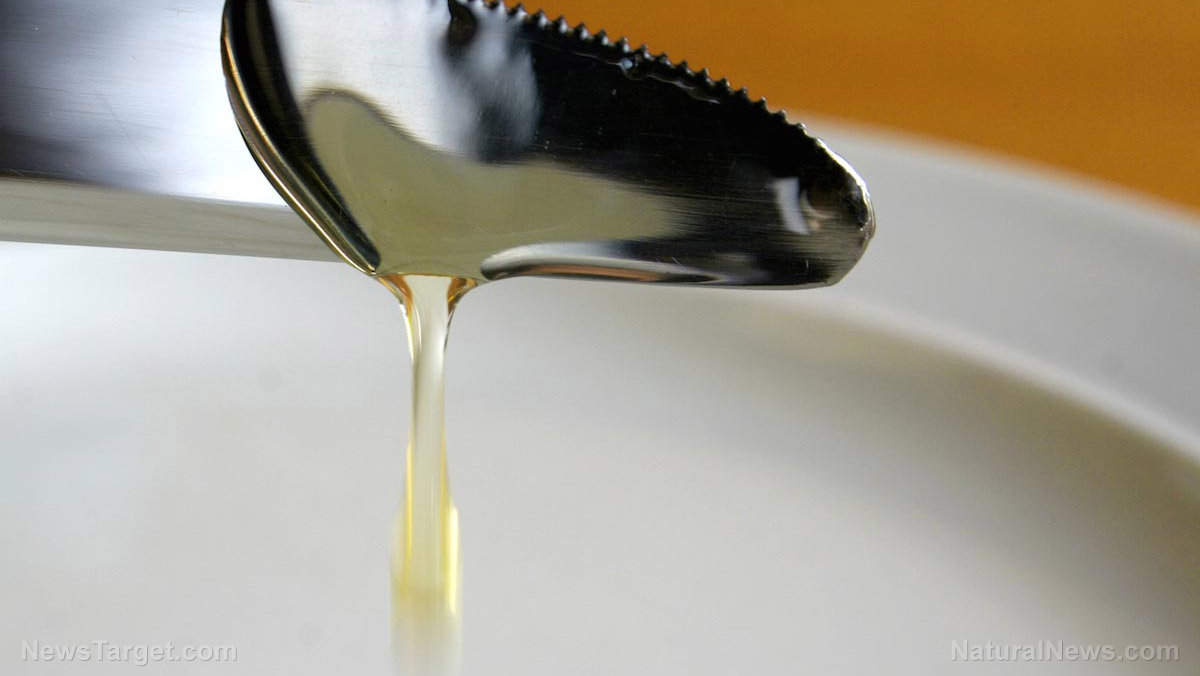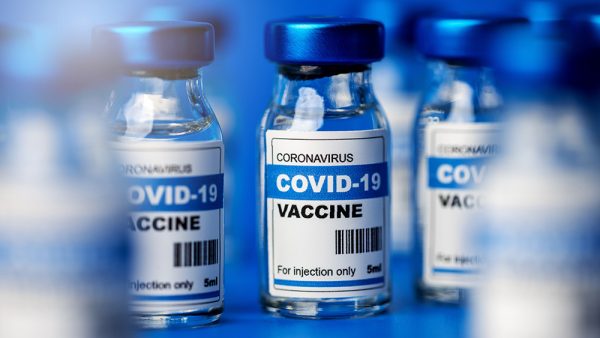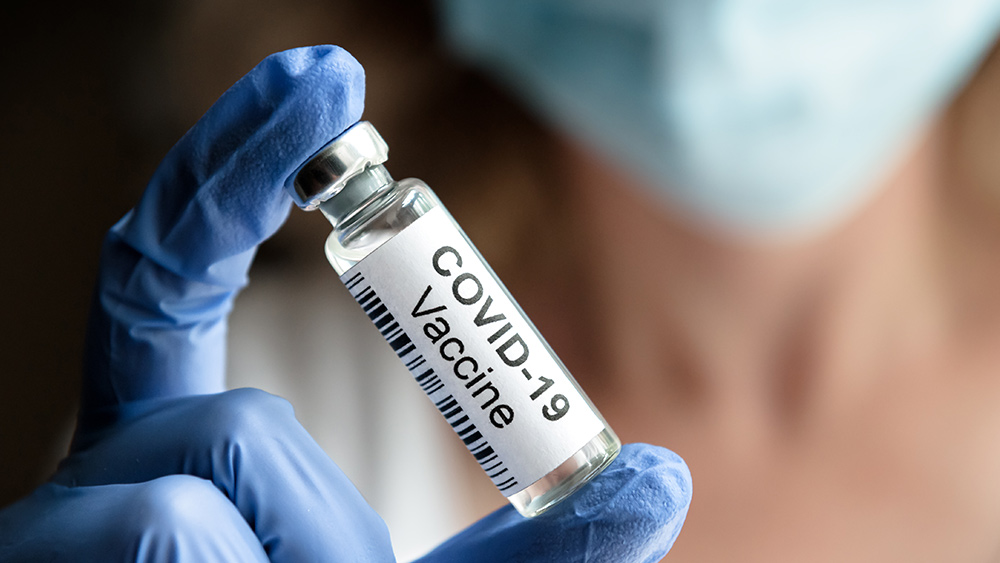Study: High-fructose diets can negatively affect fat metabolism in the liver
By divinaramirez // 2022-02-17
Tweet
Share
Copy

High levels of fructose in food can inhibit the liver's ability to burn fat, according to a recent study published in Cell Metabolism.
This effect is specific to fructose, a simple sugar found naturally in fruits and honey. Equally high levels of glucose, another type of simple sugar, had the opposite effect in that they improved the liver's fat-burning function.
Fructose impairs the liver's ability to burn fat
Researchers at Joslin Diabetes Center in Boston used animal models to compare the effects of six diets on liver metabolism. The diets were regular chow, chow with high fructose, chow with high glucose, a high-fat diet, a high-fat diet with high fructose and a high-fat diet with high glucose. The researchers examined several markers of fatty liver to determine the effects of each diet on the liver. For instance, they analyzed levels of acylcarnitines in the liver's cells. Acylcarnitines are made when the liver burns fat. As such, they play a vital role in energy production. However, high levels of acylcarnitines are a bad sign. Past studies have shown that acylcarnitine levels are elevated by physiological conditions, such as obesity and insulin resistance, a hallmark of diabetes. The researchers found that acylcarnitine levels were highest in animals fed the high-fat diet with high fructose. Meanwhile, animals fed the high-fat diet with high glucose had lower acylcarnitine levels than those fed the plain high-fat diet. This finding confirms that glucose supports the liver's fat-burning function while fructose does the opposite. The researchers also monitored the activity of a liver enzyme called carnitine palmitoyltransferase 1A (CPT1a). CPT1a is critical for the liver's fat-burning function. High levels of CPT1a in the liver are a sign that the mitochondria – organelles that convert nutrients into energy – of liver cells are burning fat for energy. Healthy mitochondria have an ovoid shape and crosshatching. In the high-fat diet with high fructose group, the mitochondria of liver cells were fragmented and couldn't burn fat efficiently. CPT1a levels and activity were also low in this group, meaning that the mitochondria of their liver cells weren't functioning optimally. In contrast, the mitochondria of liver cells in animals fed the high-fat diet with high glucose looked healthy. They were also burning fat properly. These findings are interesting given that glucose and fructose have the same caloric content. In all, the findings indicate that both a high-fat and high-fructose diet can damage mitochondria and make it easier for the liver to store fat rather than burn it. The researchers also emphasized that fructose isn't bad for the liver because of its caloric content. Rather, fructose is bad because it makes the liver store more fat. Surprisingly, glucose doesn't have that effect even though it's also a simple sugar and offers the same amount of calories as fructose. In fact, glucose actually makes for a healthier metabolism. But as with all nutrients, moderation is key. Excessive consumption of glucose, especially from highly processed foods like white rice and white bread, can cause weight gain and nerve damage. It could also increase a person's diabetes risk.Fructose isn't necessarily bad
It's worth mentioning that fructose isn't inherently bad. After all, it occurs naturally in honey and fruits, as well as in some vegetables like carrots. Nearly every cell in the body uses glucose, the sugar mainly found in foods rich in carbohydrates. But if glucose stores aren't enough, fructose can act as an alternative fuel for cells. However, only liver cells break down fructose. One of the end products of that process is triglyceride, a form of fat. That process also produces a waste product called uric acid and unstable, highly reactive molecules called free radicals. Excessive fructose consumption can lead to high triglyceride levels, which can cause artery walls to narrow and raise blood pressure. Eventually, high triglyceride levels can increase one's risk of cardiovascular disease and severely impair liver function. Moreover, high fructose consumption can lead to high uric acid levels and free radical production. In excess, uric acid can inhibit the production of nitric oxide, a molecule that helps protect arteries from damage. (Related: Scientists study soy vinegar as an alternative treatment for uric acid buildup.) On the other hand, very high levels of free radicals can cause oxidative stress and damage to cells, enzymes and even DNA. Read more articles about liver health at LiverDamage.news. Sources include: IntegrativePractitioner.com Cell.com Health.Harvard.eduTweet
Share
Copy
Tagged Under:
sugar nutrients research liver damage food science sweeteners liver health fructose glucose badscience badfood badhealth health science high fructose diet
You Might Also Like
CHD says Pfizer and FDA dropped data bombshell on COVID vaccine consumers
By News Editors // Share
Give your cup of joe a flavor boost by adding a dash of cinnamon (recipes included)
By Rose Lidell // Share
Recent News
An invisible assault: How everyday heavy metals sabotage brain health
By willowt // Share
Pentagon warns of China's rapidly expanding nuclear arsenal
By kevinhughes // Share
FCC grounds new Chinese drones in sweeping security move
By avagrace // Share
The methylation switch: Scientists identify diet that can turn back the cellular clock
By jacobthomas // Share
Renaissance or Ruin: A wake-up call for cultural revival and self-sufficiency
By kevinhughes // Share
Weight loss in midlife may trigger brain inflammation, study finds
By avagrace // Share











